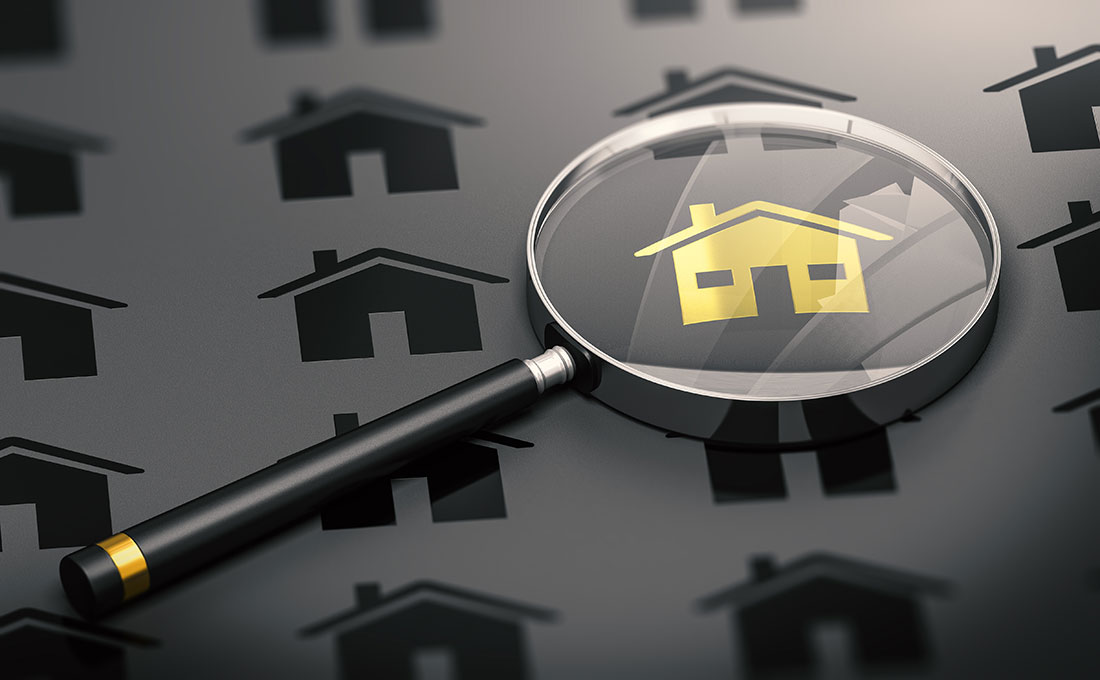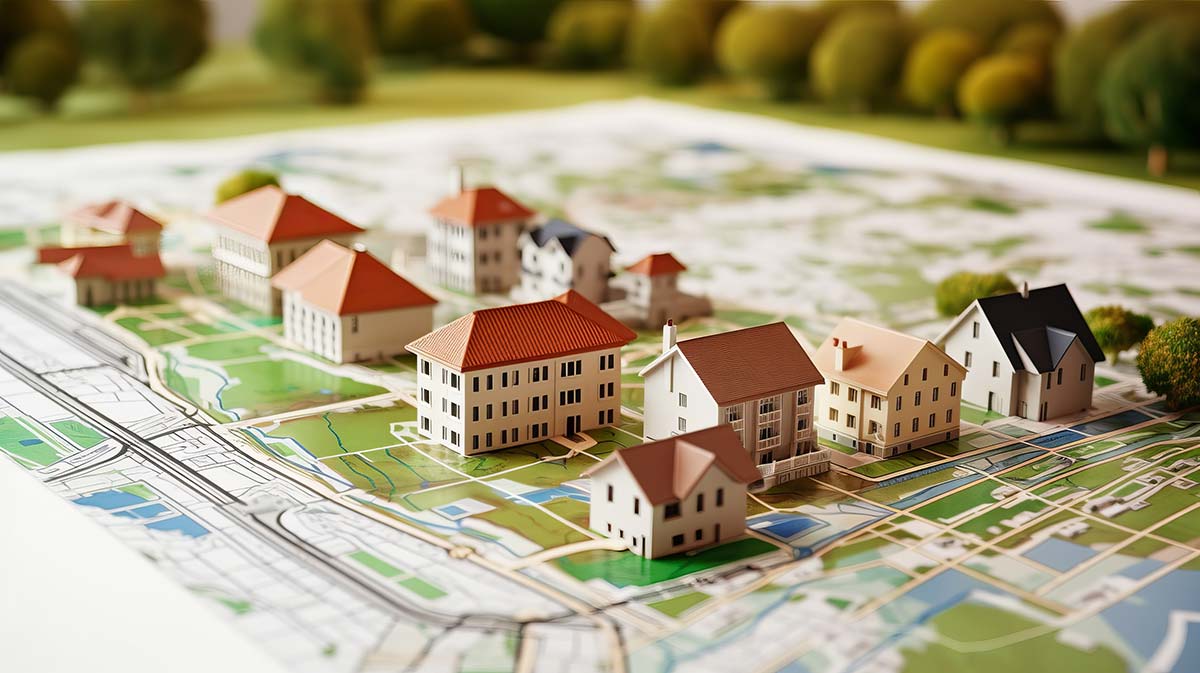- Educate Yourself
Knowledge can take you from being a “good” investor to a great investor. This has always been true. What is going to separate you from the pack is how much research you put into your investments and how often. Markets are always changing, new trends are always beginning, old trends are always reversing.
If you dedicate yourself to researching and refining your investment strategies and you remain focused on investing in regions where economic growth is booming (which leads to job creation and population growth you will reap the benefits of a stable appreciation in the real estate market.
- Set Investment Goals
A goal is not a wish; you plan and execute specific steps to achieve a goal. Investment goals require sufficient research, knowledge, and planning. Setting clear and specific goals (and writing them down!) becomes your road map and action plan to becoming financially independent. You are statistically far more likely to achieve your goal of financial independence by writing down specific and detailed goals than not doing anything at all.
Here is an example of setting clear, concise investment goals for investing in one (or several) real estate property:
- Setting the number of properties you need to acquire each year (if desired)
- Specifying the type and location of the property
- Specifying the annual cash-flow your property should generate
- Setting the parameters for your desired rate(s) of return
- Specifying the ideal tenant for occupation
It may seem extremely basic, and you may feel you can carry this info around in your head, but by putting it down on paper and using it to keep track of your how you advance toward your goals will free your mind to “see the big picture” and make better (and more financially beneficial) decisions.
- Invest For Cash-Flow, Mortgage pay-Down & Appreciation
Cash-flow is what your asset should be generating for you so that your investment will sustain itself without draining additional cash from your monthly income total. It should cover all operating expenses and provide a pay down on your mortgage.
Mortgage Paydown is exactly what the name tells you it is. You pay down your mortgage by leveraging you cash-flow assets. This is unique to real estate investments. There is no other asset class where you can use the bank’s money to purchase the investment, and use a tenant’s money to pay back your loan every month.
Appreciation is the largest source of return on your investment, providing you have done the proper research and due diligence.
- Invest In The Fundamentals
Always start by selecting the best markets that align with your investment goals (see 2. Set Invest Goals).
The best approach is to choose your property’s location. To choose your property’s location, you need to consider many factors. Take the time to research each one. There is no “quick and easy way” to do this. Everything your investment does for you leads back to this step. If you are unsure as to whether you can make this commitment consult with an expert.
Primary Factors To Consider When Choosing Your Property’s Location
- The current housing market
- Unemployment rate
- Projected job growth
- Population growth
- Capital spending on any major infrastructural projects (ex: hospitals, highways, hospitals, hydroelectric projects, etc.)
- Supply and demand trends
- Capacity to pay
Secondary Factors To Consider When Choosing Your Property’s Location
- Amenities
- Transit access
- Schools
- Crime
- Rental demand
This is the most work and takes the most time. Research, research, and just when you’ve had enough, do more research. You really need to do your homework. Investigate each factor in as much detail as possible and you will be able to assess your investment opportunities base don the facts. You will be glad you did.
- Diversify Across Markets
Our recommendation: focus on one market at a time.
Accumulating from 3 to 5 income properties per market is a very good start to creating a solid portfolio. Once seasoned (and after doing even more homework) you would diversify into another prudent market that is geographically different than the previous one.
One of the underlying reasons for diversification within the same asset class (real estate), is to have your assets spread across different economic centers.
The reason for this is simple: every real estate market is “local”. Each housing market moves independently from one another. Diversifying across multiple states helps reduce risk should one market decline for any reason, such as increased unemployment rate, increased taxes, or reduced capital spending on infrastructural projects (see Primary Factors above).
Hybrid Markets:
Hybrid markets are areas that have linear, slow-growth characteristics for a period time, followed by periods of moderate cyclical-style appreciation. They never boom quite like Florida or California, but they also never need to correct like the more volatile markets either.
Markets like Phoenix, Las Vegas, Chicago, Seattle, Minneapolis-St. Paul, and Detroit are in this category.
Comparing Markets:
Although each market has different characteristics, one is not necessarily better than the other. Each market offers the real estate investor different levels of appreciation and cash-on-cash returns.
Some investors may not sleep well at night investing in a cyclical market and prefer the pace of a linear market. While other investors may find a linear market to slow and prefer to see greater appreciation potential.
However, over the long-term appreciation rates in both market types end up being similar. So the idea of chasing appreciation should be avoided.
It is more important to be concerned about the overall market health and its future prospects than it is to get lost in the potential cash-flow and other “numbers” on the property. They’re all important of course, but purchasing based solely on the property without considering the bigger picture of the market and neighborhood is like trying to sail a ship against strong headwinds.
If you don’t start with the right market and neighborhood, over time you will experience more tenant turnover, shorter lease terms, increased late payments/defaults, and decreased or negative appreciation (see 4. Invest In the Fundamentals)
- Use Professional Property Management
Our recommendation: never manage your own properties unless you run your management company. Property management is a complex job that requires a good understanding of tenant-landlord law, marketing skills and strong management skills when dealing with the constant and various needs of tenants. Your time as an investor is valuable.
Finding an experienced property management team is vital to keeping vacancy rates low and tenants happy. Additionally, they will be able to help you manage your investment properties in areas that you may not be able frequent on a regular basis, leaving you with peace of mind and freeing up time for you to pursue other interests.
- Leverage Your Investment Capital
Real estate is the only investment where you can borrow other people’s money to purchase and control income-producing property. This allows you to leverage your investment capital into more property than purchasing using “all cash”. Leverage magnifies your overall rate-of-return and accelerates your wealth creation.
As long as you have positive cash-flow and your tenants are paying off your mortgage for you, you are in a good position to borrow more for buying more income property.
The “Buy and Hold” methodology methodology, as it is applicable to property, is and always has been the cause for making more millionaires than any other method. It lets you develop equity through appreciation over a period of time.
Your goal in property investing must be to develop as much equity as you can in the property while still having enough passive income to get you there. So long as you own the property, you’ll have the extra advantage of tax sheltering that you cannot obtain from any short term methods. This is the reason that explains why the Buy and Hold methodology is king.
As time goes by and you pay off your loan, you get the advantage of additional cash flow which is very useful in retirement. Traditionally, properties have doubled in value every 7 to 10 years going back 50 years in time. Imagine your equity position if you hold a property for 20 or 30 years!
Today, you are able to purchase a brand new $250,000 home with an investment of about $58.000. If you rent this home and simply break even on your cash flow, you will have an asset that grows while someone else makes your mortgage, tax, and insurance payments. At a 5% growth rate per year, that home will be worth over $697,000 in 25 years on a $58,000 investment Think of how you could use that money. This illustrates a major strength of investing in real estate: own something worth 5 to 10 times of the appreciation, cash flow and tax benefits.
True wealth in real estate is realized through equity growth and appreciation. Cash flow, although a must, is the glue that holds the deal together to permit you to wait until the value grows. Let your tenants cover your payments and make you rich!




